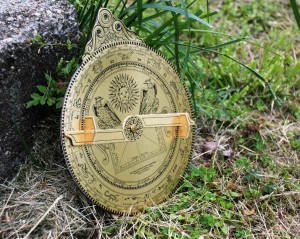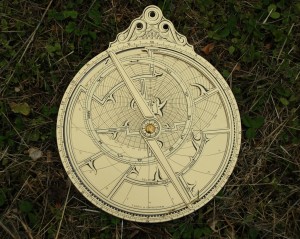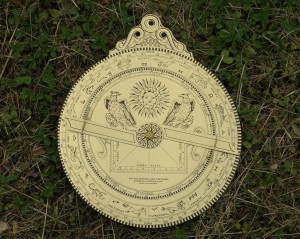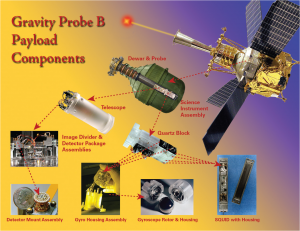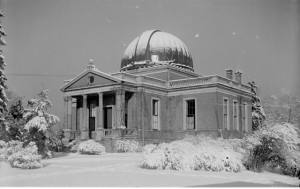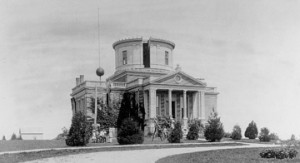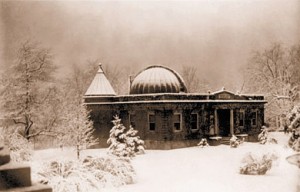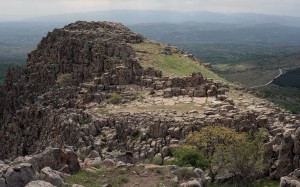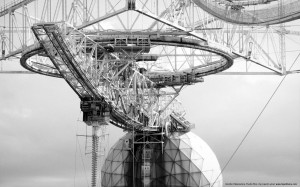
Super-Kamiokande Neutrino Detector
We’ve been having a lot of discussions about neutrinos in our house lately, mostly because I’m forcing my partner to read F. E. Close’s Neutrino.
Neutrinos are elementary particles that are emitted with neutrons transform into protons during certain types of nuclear reactions or radioactive decay. They are electrically neutral, meaning they have no electrical charge, negative or positive, and don’t react to electromagnetic forces. They can travel through matter for great distances without being affected by the properties of that matter. This means that once they have been produced/released as part of a cataclysmic event, neutrinos can travel the cosmos without being absorbed by matter or disturbed by electromagnetic forces. In theory, this means that they travel across the entire cosmos to arrive at earth without having significantly changed since the moment of origin.
Some of the neutrinos at large in the universe are “man made,” in that they were produced at nuclear power stations, in particle accelerators, by nuclear bombs, and some were generated naturally, during the birth-to-death cycle of stars, for example. Majority opinion in the astronomy world supports the claim that most neutrinos were created about 15 billion years ago, just after the birth of the universe. The universe has been cooling and expanding for 15 billion years, yet the neutrinos are still hanging with us, unchanged, as cosmic background radiation.
Since neutrinos don’t change with time or distance, their current constitution should reflect their origin. That is, extremely high-energy neutrinos should be connected to high-energy origins (supernovae, gamma ray bursts, black holes). If we suddenly detect a huge number of neutrinos hitting our instruments, we can bet they were associated with a major event. For example, the day before the core collapse supernova in the Large Magellanic Cloud was detected in 1987, astronomers noticed an usually high number of neutrinos hitting their detectors. The neutrinos were emitted before the explosion, while the collapse was in process, so their arrival was actually a warning to astronomers, telling them a) that something big is happening; and b) what direction to look to find that big happening. A great early warning system!
Trouble is, since neutrinos don’t really interact with anything, they’re hard to detect. To observe them in sufficient number, you need an immense instrument. For instance, the main collector of IceCube, the neutrino detector at the South Pole, consists of an array of 5,160 detectors frozen in one cubic kilometer of ice.
The image above is the Super-Kamiokande neutrino detector in Hida City, Gifu, Japan. The Super-K detector, associated with the Kamioka Observatory, was constructed one kilometer underground in the Kamioka mine. The detector consists of a stainless steel tank (bottom half of the image, with life raft!), 39 meters in diameter and 42 meters in height, filled with 50,000 tons of ultra pure water. When the neutrino hits the water, its interaction with the electrons or nuclei of water can produce a charged particle. That charged particle (“Cherenkov light”) moves faster than the speed of light through the water. It’s measured by some 11,000 photomultiplier tubes on the superstructure of the detector (top half of the image) as it moves, and is analyzed to determine the incoming direction and type of neutrino that hit the water.
Okay, technically, the linked images aren’t sized for wallpaper, but they are high-res, so quite adaptable. The instrument was refurbished in 2005-2006 and those images are available for scrutiny as well.
